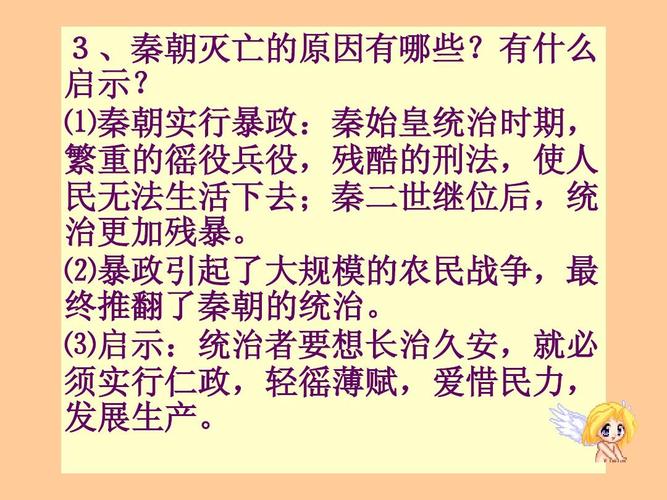
Why Did the Qin Dynasty Fall?
The Qin Dynasty, though short-lived (221-206 BCE), left an indelible mark on Chinese history. It was a period of dramatic change, marked by the unification of China under Qin Shi Huang and the implementation of a highly centralized and authoritarian regime. However, the very factors that enabled its rapid rise also contributed to its swift downfall. Here's a closer look at the reasons behind the Qin Dynasty's collapse:
Brutal Methods of Unification
Qin Shi Huang, while an effective leader, employed ruthless methods to unify China and maintain control:
- Suppression of Dissent: Opposing schools of thought, particularly Confucianism, were ruthlessly suppressed. Scholars were persecuted, and books burned, to stifle any opposition to Qin rule.
- Heavy Taxation and Forced Labor: Massive infrastructure projects, like the Great Wall and the Emperor's mausoleum, were built through conscripted labor and financed by exorbitant taxes, breeding resentment among the populace.
- Harsh Legalism: The Qin Dynasty adhered strictly to Legalism, a philosophy emphasizing strict laws, harsh punishments, and absolute obedience to the state. While it ensured order, it also fostered fear and discontent.
Internal Rebellions
The Qin Dynasty's oppressive policies and the resentment they fostered created a volatile atmosphere ripe for rebellion:
- Peasant Uprisings: Overburdened by taxes and forced labor, peasant farmers rose in rebellion shortly after Qin Shi Huang's death.
- Revolts by Conquered States: The formerly independent states, resentful of their subjugation and the Qin's harsh rule, saw an opportunity to reclaim their autonomy and joined the rebellion.
Weak Leadership After Qin Shi Huang
Qin Shi Huang's death in 210 BCE created a power vacuum and exposed the fragility of the dynasty:
- Ineffective Successor: His son, Qin Er Shi, lacked his father's ruthlessness and political acumen. He fell under the influence of corrupt officials, further weakening the government.
- Internal Power Struggles: Infighting and conspiracies erupted among the Qin elite, paralyzing the government and preventing an effective response to the growing rebellions.
Natural Disasters and Economic Strain
As if political turmoil wasn't enough, natural disasters added to the Qin Dynasty's woes:
- Floods and Droughts: Severe floods along the Yellow River and droughts in other regions led to widespread crop failures, exacerbating the existing economic hardship and fueling unrest.
The Rise of the Han Dynasty
The Qin Dynasty's collapse ushered in a period of intense conflict known as the Chu-Han Contention. Liu Bang, a minor official who rose through the ranks to become a rebel leader, ultimately triumphed:
- Military Acumen: Liu Bang, known as Han Gaozu, proved to be a skilled military strategist, defeating his rivals and consolidating power.
- Pragmatism and Moderation: Learning from the Qin's mistakes, Han Gaozu adopted more moderate policies. He reduced taxes, eased legalism's harshness, and promoted Confucianism, ushering in a golden age of peace and prosperity.
Q&A
1. What was the most significant factor in the Qin Dynasty's downfall?
While several factors contributed, the Qin Dynasty's harsh and oppressive policies, coupled with its failure to build a sustainable political system, were the primary reasons for its downfall.
2. How did the Qin Dynasty's reliance on Legalism contribute to its collapse?
While Legalism brought order, its emphasis on strict laws and harsh punishments created a climate of fear and resentment. This ultimately fueled rebellions when the dynasty showed weakness after Qin Shi Huang's death.
3. What lessons did the Han Dynasty learn from the Qin's mistakes?
The Han Dynasty learned the importance of moderation and the need to secure popular support. They adopted more lenient policies, promoting Confucian values and balancing strict laws with compassion to create a more stable and enduring dynasty.